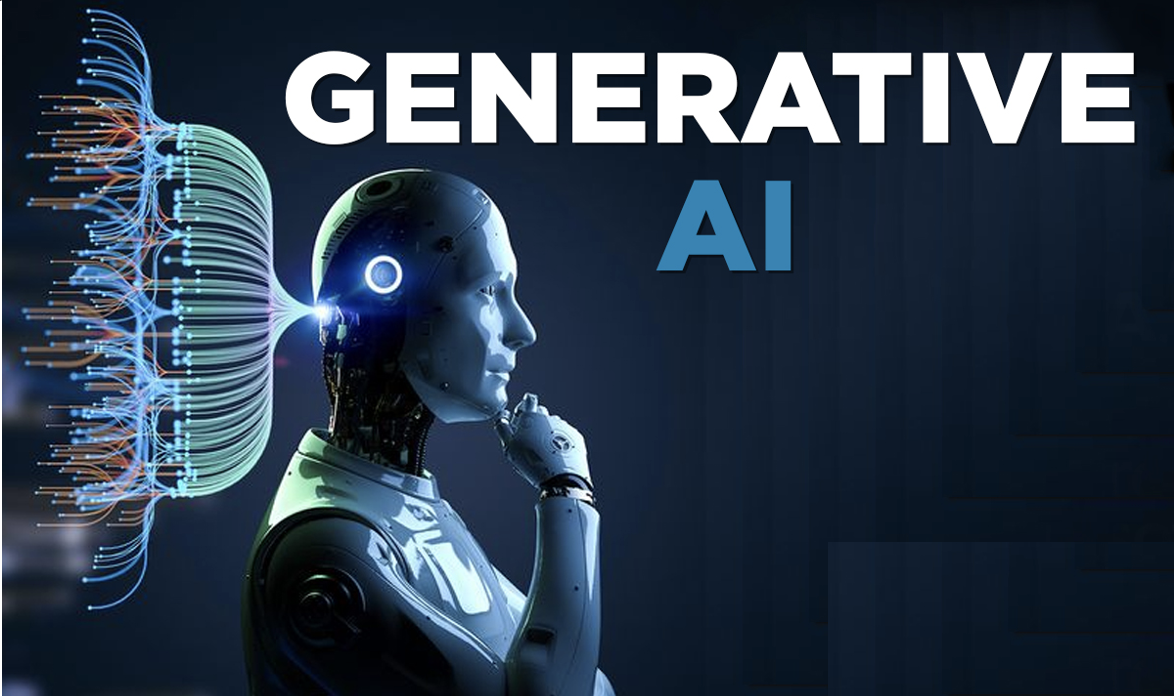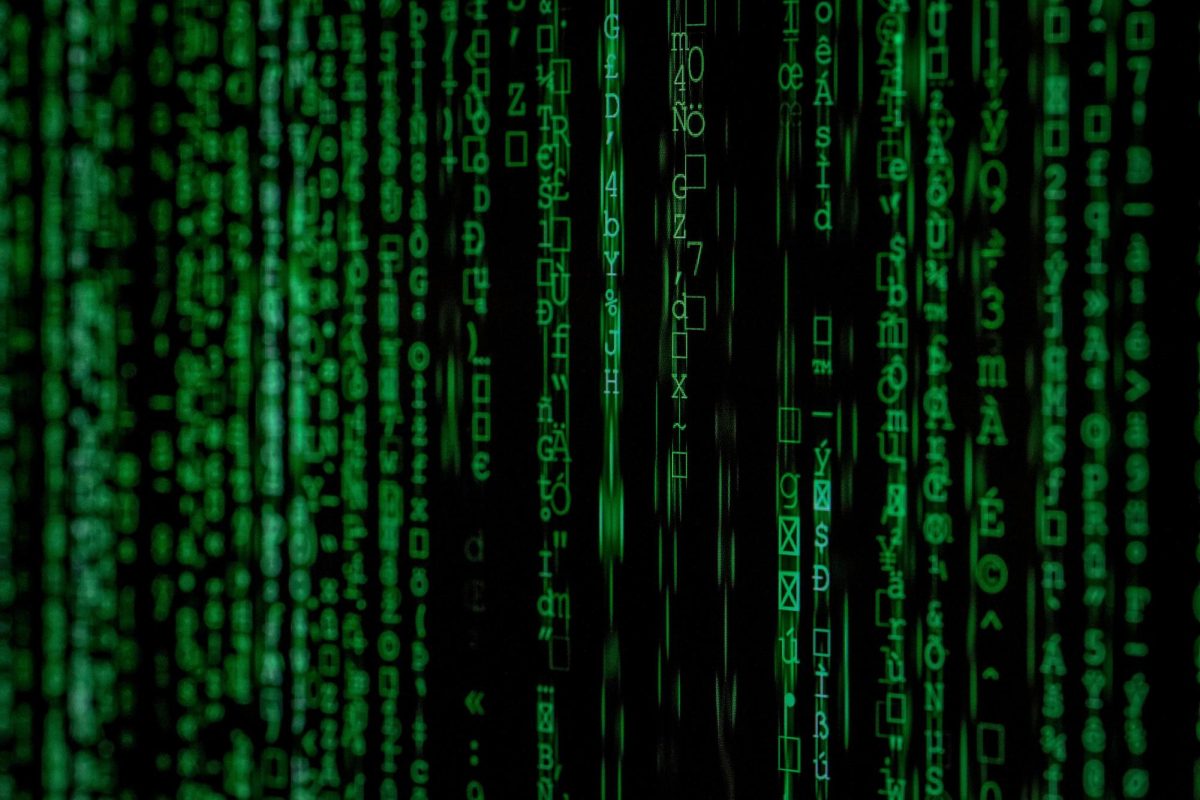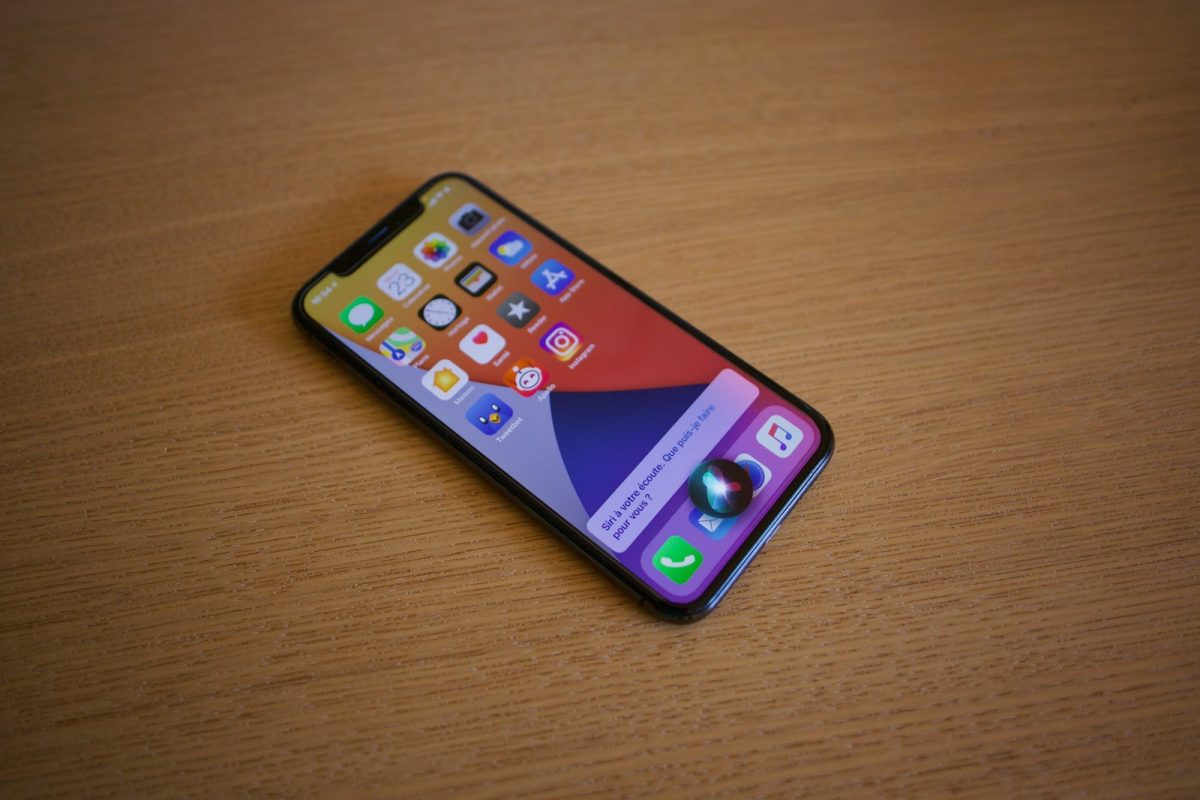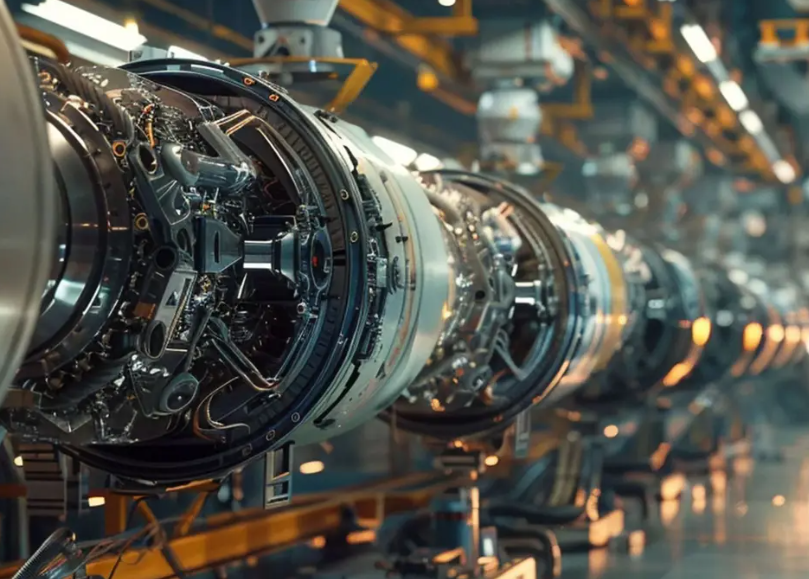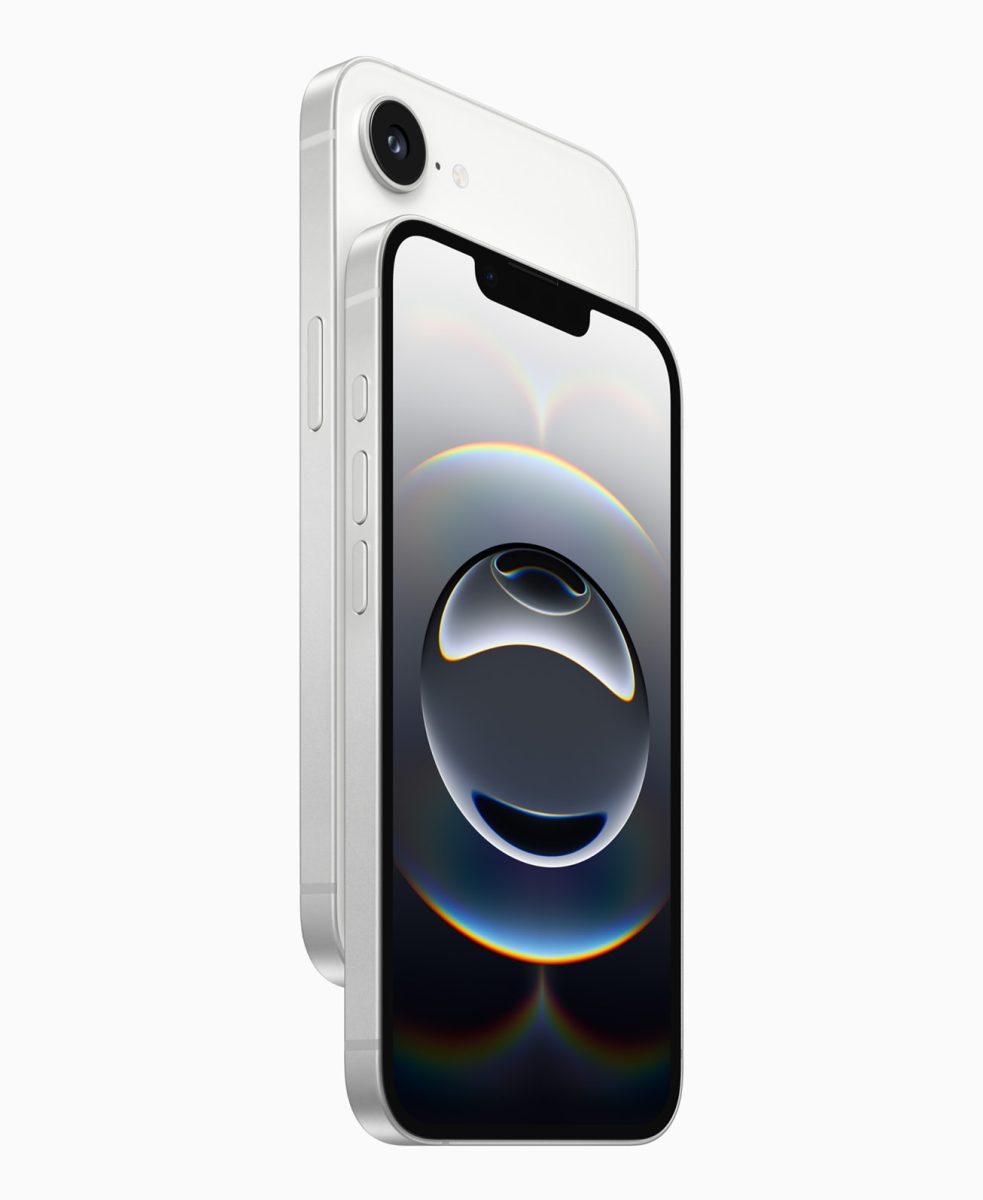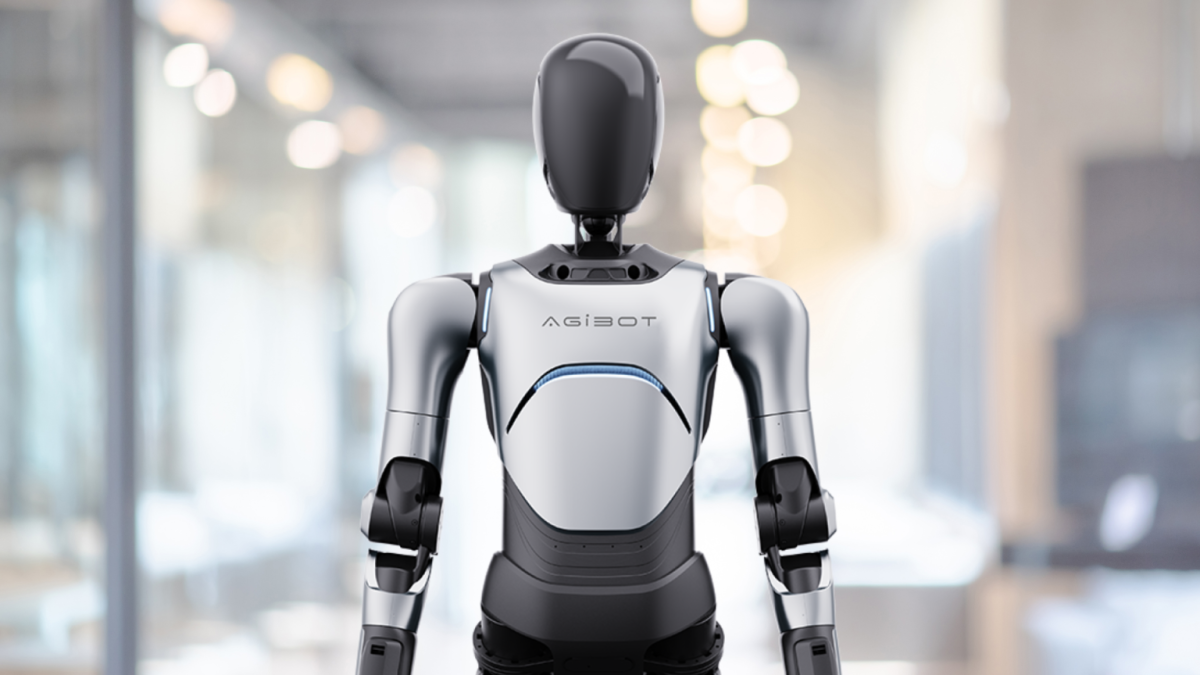Introduction
In 2024, a new invention known as Generative AI unveiled itself. The capability to generate new text, image, and music, is no longer a dream. Even though this futuristic dream was conquered, it still has many problems with it.
Importance
AI, or artificial intelligence creates this new content. Some coded networks in AI help it to exceed limits. Neural Networks are the backbone of AI, it is a learning platform for machines, like AI. This network helps connect AI to the human brain. Which helps in Generative AI because the content being created is so realistic as if a human made it. Also, going off on how realistic AI can get, Generative Adversarial Networks (GANs) is also used in AI. This creates two networks to rival each other to see which network can get better data from sources. Which ever network comes back to AI with better data is used in the AI feature. Finally, Variational Autoencoders (VAEs), this helps AI generate new content. It encodes data and inputs it into something called a latent space. A latent space takes input data and captures the unimportant information and decodes it. This generates new content for AI. Generative AI can become very creative. It uses unique concepts to find the right forms of what someone is looking for. For example, art, music, and design helps AI to be creative and create content. Additionally, AI can automate content creation and it has a vary of ideas on what to create. Such as media, entertainment, and advertising. Personalization, is a key role in Generative AI because whatever is needed to create can fit the user experience. If the user has a business, Generative AI can help create marketing designs. Generative AI is accessible to all users. Individuals who are disabled don’t have to worry, one example is text-to- speech. When needing for information, the complexity of Generative AI is unmatchable. This is because Generative AI doesn’t briefly look for information. It goes deep into what is needed for research.
Problems
Even though Generative AI seems terrific, there are many problems that face it as well. Misinformation, from videos, images, and audio created by Generative AI can spread out. This problem can harm individuals and go against personal opinions. With this, Generative AI can create audio of people saying things that they don’t mean truly. Persuading someone point of view in the wrong way. Going off of this thought, the content created by Generative AI can be bias and unfair. The models presented to the public are created from one users perspective. Meaning the models can be different and bias. Finally Generative AI can be copyrighted. Going against which can and can’t be legal in the models.
Conclusion
Generative AI comes with many questions. Some may see it as s futuristic dream or it will corrupt the world. Nonetheless Generative AI is a significant advancement in AI. Displaying what automated machines can create, especially when assisting humans.
Related Stories
- https://www.nvidia.com/en-us/glossary/generative-ai/#:~:text=Generative%20AI%20models%20can%20take,or%20turn%20video%20into%20text.
- https://research.ibm.com/blog/what-is-generative-AI
- https://www.techtarget.com/searchenterpriseai/definition/generative-AI
- https://news.mit.edu/2023/explained-generative-ai-1109
- https://www.sap.com/products/artificial-intelligence/what-is-generative-ai.html
